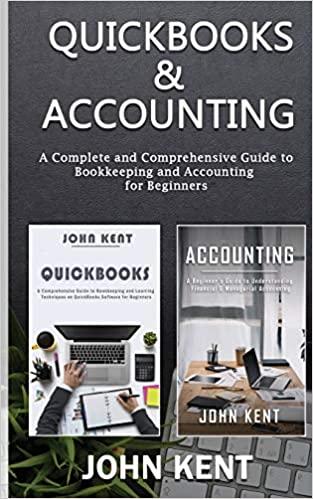Question
McMullen and Mulligan, CPAs, were conducting the audit of Cusick Machine Tool Company for the year ended December 31. Jim Sigmund, senior-in-charge of the audit,



McMullen and Mulligan, CPAs, were conducting the audit of Cusick Machine Tool Company for the year ended December 31. Jim Sigmund, senior-in-charge of the audit, plans to use MUS to audit Cusicks inventory account. The balance at December 31 was $9,000,000.
Required:
Based on the following information, compute the required MUS sample size and sampling interval using Table 85:
Note: Use the tables, not IDEA, to solve for these problems. Round your interval answer to the nearest whole number.
Tolerable misstatement = $360,000
Expected misstatement = $90,000
Risk of incorrect acceptance = 5%
Nancy Van Pelt, staff accountant, used the sample items selected in part a and performed the audit procedures listed in the inventory audit program. She notes the following misstatements:
Note: Use the tables, not IDEA, to solve for these problems. Round tainting factor to two decimal places. Do not round other intermediate calculations. Round your final answer to the nearest dollar amount.
| Misstatement Number | Book Value | Audit Value |
|---|---|---|
| 1 | $ 10,000 | $ 7,500 |
| 2 | 9,000 | 6,000 |
| 3 | 60,000 | 0 |
| 4 | 800 | 640 |
Using this information and Table 93, calculate the upper misstatement limit. What conclusion should Van Pelt make concerning the inventory?
Assume that, in addition to the four misstatements identified in part b, Van Pelt had identified the following two understatements:
Note: Use the tables, not IDEA, to solve for these problems. Negative amounts should be indicated with minus sign. Round your intermediate calculations to 3 decimal places. Round the final answer to nearest dollar amount.
| Misstatement Number | Book Value | Audit Value |
|---|---|---|
| 5 | $ 6,000 | $ 6,500 |
| 6 | 750 | 800 |
Calculate the net projected population misstatement.
McMullen and Mulligan, CPAs, were conducting the audit of Cusick Machine Tool Company for the year ended December 31 . Jim Sigmund, senior-in-charge of the audit, plans to use MUS to audit Cusick's inventory account. The balance at December 31 was $9,000,000. Required: a. Based on the following information, compute the required MUS sample size and sampling interval using Note: Use the tables, not IDEA, to solve for these problems. Round your interval answer to the nearest whole number. Tolerable misstatement =$360,000 Expected misstatement =$90,000 Risk of incorrect acceptance =5% b. Nancy Van Pelt, staff accountant, used the sample items selected in part a and performed the audit procedures listed in the inventory audit program. She notes the following misstatements: Note: Use the tables, not IDEA, to solve for these problems. Round tainting factor to two decimal places. Do not round other intermediate calculations. Round your final answer to the nearest dollar amount. Using this information and calculate the upper misstatement limit. What conclusion should Van Pelt make concerning the inventory? c. Assume that, in addition to the four misstatements identified in part b, Van Pelt had identified the following two understatements: Note: Use the tables, not IDEA, to solve for these problems. Negative amounts should be indicated with minus sign. Round your intermediate calculations to 3 decimal places. Round the final answer to nearest dollar amount. Calculate the net projected population misstatement. *Sample size is too large to be cost-effective for most audit applications. The number in parentheses represents the maximum number of deviations in a sample of that size that allows the auditor to conclude that the tolerable deviation rate is not exceeded. TABLE 93
Step by Step Solution
There are 3 Steps involved in it
Step: 1

Get Instant Access to Expert-Tailored Solutions
See step-by-step solutions with expert insights and AI powered tools for academic success
Step: 2

Step: 3

Ace Your Homework with AI
Get the answers you need in no time with our AI-driven, step-by-step assistance
Get Started


